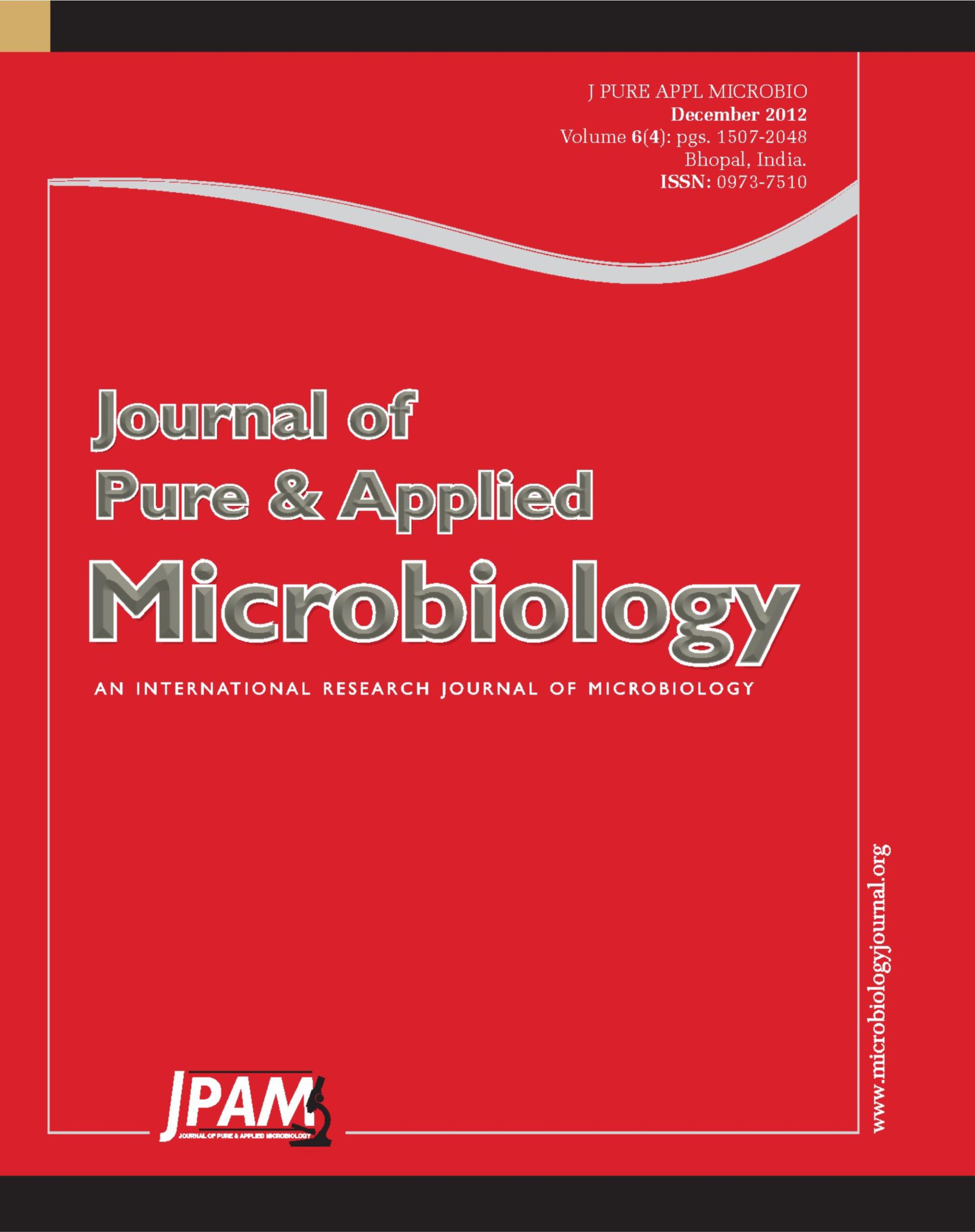Staphylococcus aureus is the third most dreaded human pathogen which is getting refractory to current armamentarium of antimicrobial drugs. Endophytic fungi have been recognized as a fountainhead of novel bioactives for human therapeutic intervention and drug development. In the present investigation we report isolation and screening of endophytic fungi isolated from Aegle marmelos inhabiting conserved forest area in Western Ghats, India. A total of 25 endophytic fungi representing 10 genera were isolated by adopting a standardized protocol. Fusarium species exhibited maximum colonization (28%), followed by Aureobasidium (12%) and Lasiodiplodia species (8%). In vitro screening of culture broth of these fungi using a standardized anti-microbial assay exhibited activity only in one isolate #1005AMLBRT. Subsequently ethyl acetate extracts of the culture broths revealed that 15 isolates did not possess any anti- staphylococcal potential. However the best anti-staphylococcal potential was found in ethyl acetate extract of #1005AMLBRT. #1005AMLBRT was found to be a new species of Alternaria named as Alternaria marmelos based on phylogenetic and morphological studies. Further studies on Alternaria marmelos are warranted for production, isolation and characterization of the anti-staphylococcal principle.
Endophytic fungi, Anti- Staphylococcal activity, Fermentation broth, Alternaria, Aegle marmelos
© The Author(s) 2012. Open Access. This article is distributed under the terms of the Creative Commons Attribution 4.0 International License which permits unrestricted use, sharing, distribution, and reproduction in any medium, provided you give appropriate credit to the original author(s) and the source, provide a link to the Creative Commons license, and indicate if changes were made.


